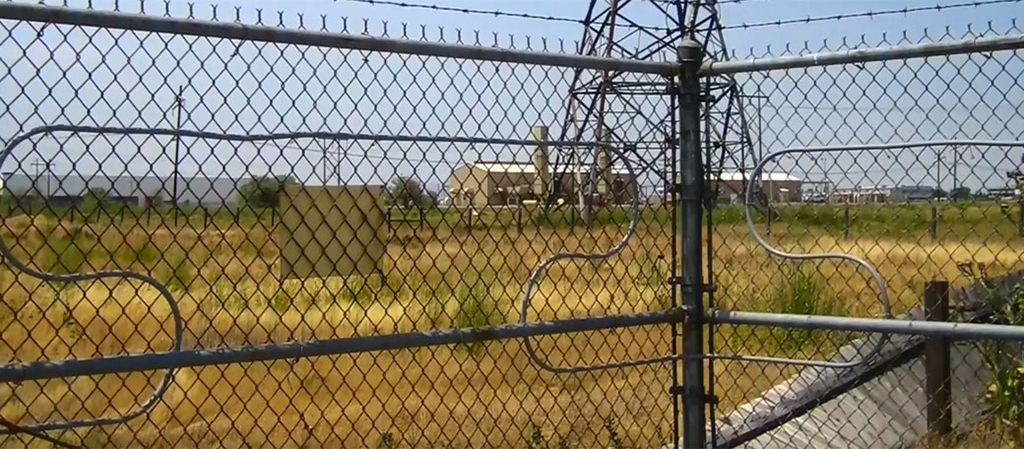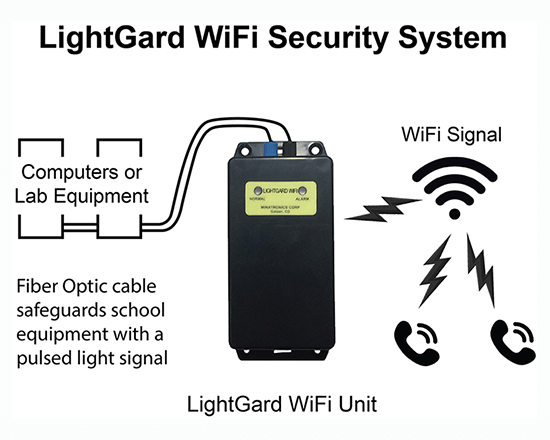Secure Your Home With Reputable Fiber Optic Safety And Security Solutions
In an era where protection hazards are significantly sophisticated, the need for efficient protection solutions is paramount. Fiber optic safety and security systems stand out by providing extraordinary reliability and efficiency, leveraging sophisticated light transmission innovation to improve surveillance capabilities. security fibers. Comprehending the details of fiber optic safety can light up the path to safeguarding your residential or commercial property a lot more successfully.
Advantages of Fiber Optic Security
Fiber optic protection remedies use a series of benefits that make them progressively vital in today's digital landscape. Among the most significant advantages is their remarkable bandwidth ability, which enables the transmission of big quantities of data over fars away without substantial signal deterioration. This capacity is specifically helpful for safety and security systems that rely on high-def video security and real-time tracking.
Furthermore, fiber optic cable televisions are inherently extra protected than standard copper electrical wiring. They are immune to electro-magnetic interference, making them much less vulnerable to hacking or eavesdropping. This improved security is vital for safeguarding delicate information and preserving the integrity of monitoring systems.
In addition, fiber optics are extra resilient and resistant to ecological variables, such as moisture and temperature level variations, making certain long-term dependability and lowered maintenance expenses. The light-weight nature of fiber optic cords also simplifies setup processes, permitting better versatility in system layout.
Just How Fiber Optic Systems Work
In contemporary safety applications, the procedure of fiber optic systems depends on the principles of light transmission with versatile glass or plastic fibers. These fibers are made to lug light signals over cross countries with very little loss, making them perfect for transferring information associated to safety tracking. The core of the fiber, surrounded by a cladding product, ensures that light signals stay included within the core through a sensation called overall internal reflection.
When incorporated right into safety systems, fiber optic cable televisions can transmit information from different sensors, such as electronic cameras, movement detectors, and alarms, to a main tracking station. The high data transfer capability of fiber optics allows for the transmission of big amounts of information concurrently, allowing real-time surveillance and prompt reaction to potential risks.

Sorts Of Fiber Optic Security Solutions
Numerous types of fiber optic security remedies have arised to improve security and security throughout different settings. One popular remedy is fiber optic boundary breach detection systems (PIDS), made to keep track of and safeguard residential property boundaries via the detection of vibrations and disruptions along fiber optic cables. These systems supply real-time alerts, allowing punctual reactions to unapproved access efforts.
An additional reliable service is fiber optic video monitoring. This modern technology leverages high-definition cams attached using fiber optic cords to send video data over long ranges without substantial loss of quality. This websites arrangement is specifically advantageous in extensive locations, such as airport terminals and industrial sites, where typical copper cables may falter.
Furthermore, fiber optic sensing units are significantly made use of for environmental surveillance, spotting modifications in temperature, pressure, or acoustic signals that might suggest protection violations or hazardous conditions. These sensors offer high sensitivity and precision, making them suitable for essential infrastructure protection.

Installment and Upkeep Tips
Efficient installation and maintenance of fiber optic security solutions are essential for ensuring their optimal efficiency and long life. To start with, it is vital to plan the installation meticulously, taking into consideration the design of the property and identifying possible vulnerabilities. Fiber optic cords ought to be transmitted safely, preventing sharp bends or spins that might endanger check my blog their stability. Utilize professional-grade connectors and enclosures to make certain robust connections and protection from environmental elements.
Throughout setup, it is advisable to perform thorough screening of the system to confirm that all elements are functioning appropriately. Normal maintenance checks should be set up to inspect the fiber optic wires for any type of indicators of wear or damage, along with to make sure that links stay safe. Cleaning the ports periodically is likewise essential to avoid signal loss as a result of dust or particles.
Additionally, maintaining an updated stock of mounted components and their specs can assist in much easier troubleshooting and upgrades. By sticking to these installation and maintenance pointers, building owners can optimize the performance link of their fiber optic security services, making sure a reliable defense versus possible threats.
Contrasting Costs and Effectiveness
When assessing fiber optic safety remedies, understanding the balance between expenses and performance becomes paramount (security fibers). Organizations should think about the in advance financial investment, continuous upkeep expenses, and the long-term value these systems provide. While fiber optic systems may require a higher initial installment price contrasted to standard copper circuitry, their longevity and lowered sensitivity to electro-magnetic disturbance often equate to lower maintenance prices over time
Performance is an additional essential element; fiber optic security systems offer boosted information transmission rates and enhanced reliability. They can cover bigger distances without signal destruction, making them excellent for large residential or commercial properties or remote locations. Furthermore, the high data transfer capability supports advanced security applications, such as high-def video surveillance and real-time surveillance, which are necessary for extensive safety administration.
Ultimately, the option between cost and efficiency should be led by certain security requirements and risk analyses. Organizations must examine their unique needs, thinking about variables like residential property size, safety dangers, and technological innovations. By conducting a thorough cost-benefit analysis, stakeholders can make enlightened decisions that line up with their protection purposes while ensuring a sound financial investment in fiber optic modern technology.
Conclusion
In verdict, fiber optic protection options use considerable advantages in terms of efficiency, integrity, and immunity to ecological disturbances. Eventually, the adoption of fiber optic technology stands for a forward-thinking technique to protecting buildings versus progressing safety risks.